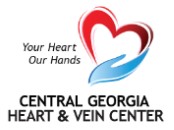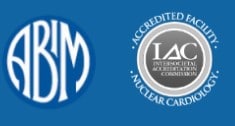Cardiac resynchronization therapy (CRT) is traditionally a treatment for patients who experience heart failure and then develop an arrhythmia. Essentially Cardiac Resynchronization Therapy (CRT) is the use of electrical impulses on both chambers of the heart. The end goal is to get them to work together in a synchronized and more normal pattern resulting in better blood and oxygen flow throughout the body.
A Look At Cardiac Resynchronization TherapyCRT and How It Can Help?
cardiac resynchronization therapy (CRT) is used mainly to deal with irregular heart beats caused by arrhythmias. Oftentimes, these patients develop and arrhythmia for many reasons like family genes, pharmaceutical use, and a damaged heart. For heart failure patients CRT is a great way to improve heart healthy and the symptoms caused by an irregular heartbeat.
A cardiac resynchronization therapy (CRT) procedure is performed by implanting a small (1.25-inch radius) sizes pacemaker. The device usually goes near the collarbone. Then three wire leads from the device will keep track of the heart’s rate. When they notice any irregularities they will send out tiny pulses of electricity to resynchronize the heart.
Why Use Cardiac resynchronization therapy (CRT)
Cardiac resynchronization therapy (CRT) strengthens the heart to improve blood flow. This often solves issues caused by heart failure symptoms like rapid heartbeat and an inability to catch one’s breath. Studies have shown that it also improves the quality of life and can prevent hospitalizations or even death from heartbeat related issues.
Who Is Treated With CRT?
cardiac resynchronization therapy (CRT) is most often used for moderate or severe cases of heart failure patients with irregular heartbeats. The end goal is to synchronize the left and right chambers of the heart to beat in unison. Unfortunately, CRT is not a perfect fit for every instance including those with mild symptoms or diastolic heart failure. Because not every heart failure patient experiences an arrhythmia, CRT is not always the solutions. Before choosing CRT, many professionals will choose to use medications first to manage symptoms to see if less invasive measures have the same results.
Talk To Your Cardiologist
Talk with your doctor about your own suitability for CRT. They can take into account your unique medical history as well as age and desired level of intervention. CRT is also often combined with other treatments to achieve the best results.





